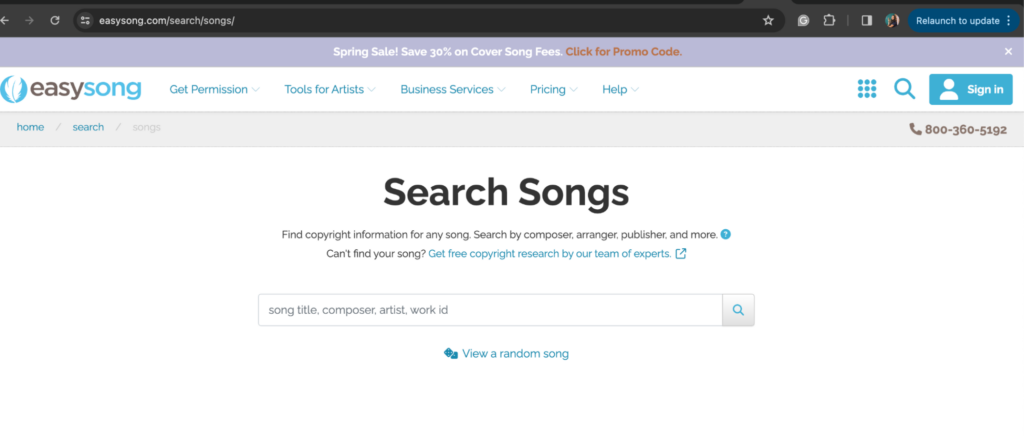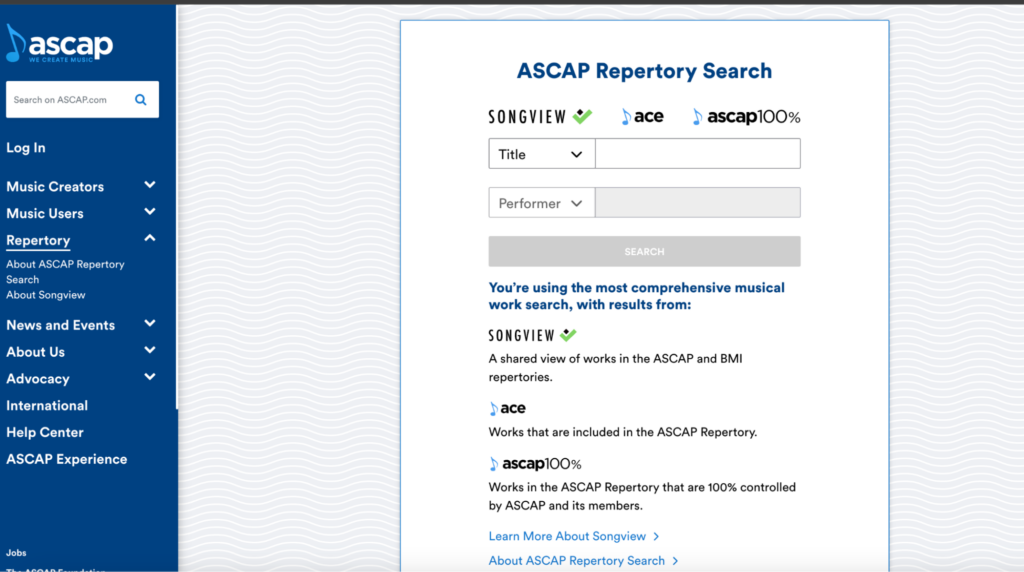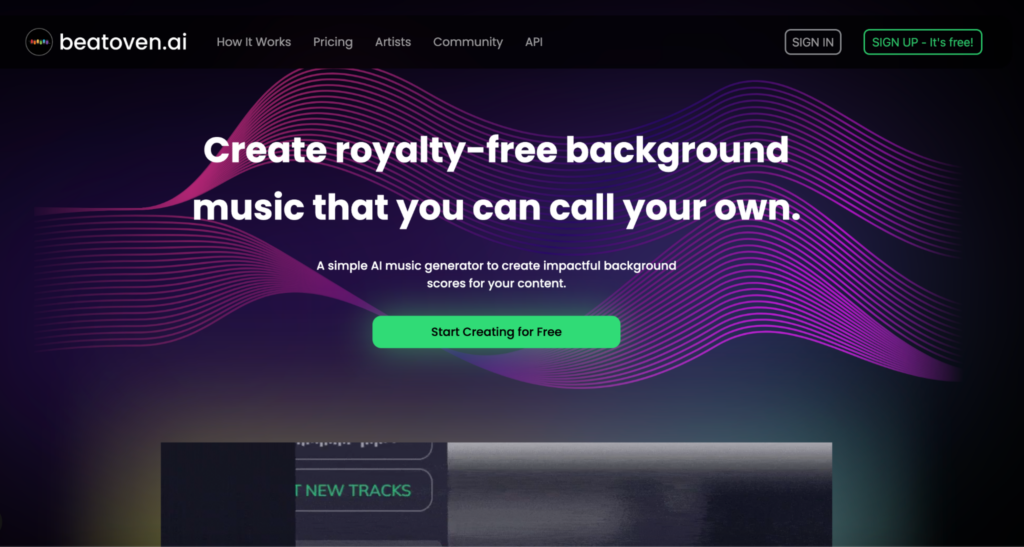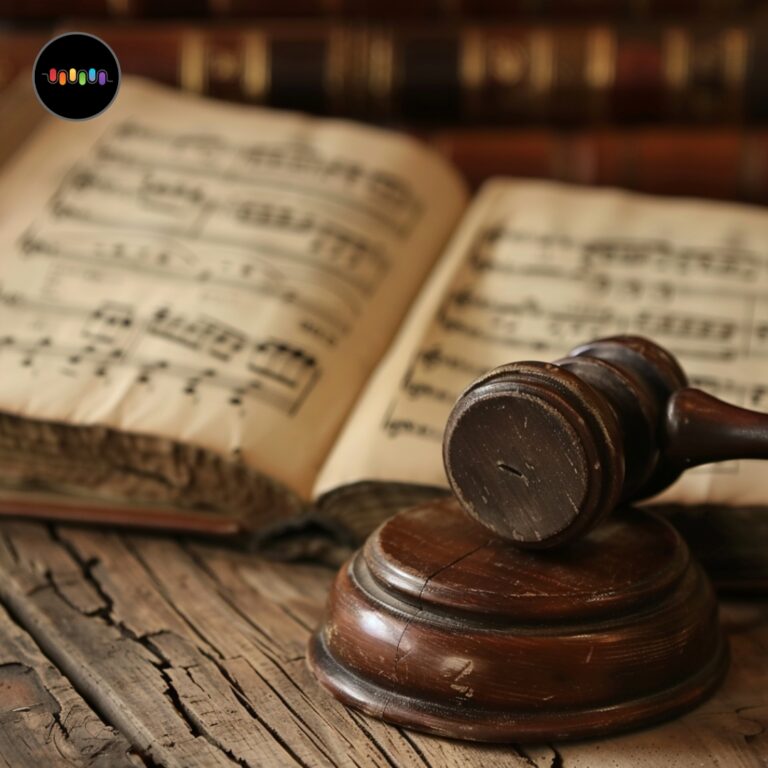As a content creator, getting a copyright strike for a song or background music is among the most dreading experiences.
You work hard, envisioning your content going viral, only to have it removed because you used copyrighted music. Most of the time, the creators don’t even know if music is copyrighted until social platforms like YouTube, Instagram, or TikTok take some action against it.
While music is a powerful tool to enhance the viewer’s and listener’s experience, using a copyrighted piece without permission leads to severe consequences, such as copyright claims, content takedowns, and even legal actions. Understanding and respecting music copyright laws to protect your work and reputation is a must for content creators.
This article is all about how to check if a song is copyrighted. Let’s dive right in!
Copyrighted Music vs. Copyright-free Music – What are the Differences?
Before we discuss the copyright status of a song, let’s discuss the key differences between copyrighted and copyright-free music.
Copyrighted music
Copyrighted music is legally protected, and someone owns the rights to it. It can be an artist, composer, or even a record label. The copyright safeguards intellectual property rights by giving them exclusive rights to use their music. Using this music without permission is a BIG NO because of:
Copyright-free music
Copyright-free music allows the creators to use the piece in the public domain. Its license states the piece’s terms and conditions and specific uses.
Royalty-free music is the third and the best type of music for creators. This music is available for use at a one-time license fee, which gives you the right to use it multiple times.
It saves you from copyright claims and legal troubles and feels easy on the pocket.
Learn more about the differences between copyright-free and royalty-free music.
Why is It Important to Check the Copyright of a Music?
After putting so much effort into creating and editing content, you would not want it to be flagged as copyrighted, right?

Source
Here’s why checking the copyright status of a song matters:
Avoiding copyright infringement
Using copyrighted music invites legal troubles and user restrictions. It can lead to:
Protecting your reputation
It takes years to establish your reputation as a quality content creator. The unintentional use of copyrighted music can hamper it instantly. This could mean:
Building a strong foundation
Developing a habit of checking if a song is copyrighted establishes good practices for your creative journey. It sets an example for your team members and others to respect and adhere to laws. This also helps you with collaborations and brand partnerships.
The potential of copyright-free music
Copyright -free music allows you to use music and songs without worrying about legal issues. It also brings:
It avoids any unforeseen issues
When you check if a song is copyrighted, you avoid future legal troubles and copyright claims. You also save time resolving copyright issues and protecting your brand image from embarrassment.
Steps to check if a song is copyrighted?
Here’s a guide to check if a song is copyrighted and navigate safely through the world of copyrights:
Youtube Studio
One of the best ways to determine if a song is copyrighted is by using YouTube’s Content ID system, which automatically scans the uploaded content against a database of copyrighted files. All you have to do is:
Manual Search
Perform a quick web search to find any information on the song or music piece that you want to use. You can see the release year, copyright holder details, and information if the copyright is still active.
If you heard the song on YouTube, check the description for details on copyright before using it.
Public Domain and Creative Commons
Check the Public Domain and Creative Commons websites, like PDInfo, to see if the song is in the public domain or under a Creative Commons License.
Public domain usually applies to music created in or before 1926. Creative Commons allows free use of an artist’s work with attribution or any other stipulation stated by the artist.
Tools and Resources for Checking the Copyright Status of a Song
Besides using the above-mentioned methods, there are plenty of tools to check if a song is copyrighted. These tool recommendations help you determine if a song or piece of music is copyrighted. There is a bonus tool to help you create original, royalty-free music as well.
Easy Song

Easy Song helps you find copyright information for songs. You can search music by popular music, industry work ID, composer, and arranger. It also offers expert services for copyright research and helps artists, musicians, content creators, and people get custom licensing and the seal of authenticity. Apart from helping in research about music copyrights, it also helps in music publishing and copyrights.
ASCAP ACE Repertory

The American Society of Composers, Authors, and Publishers (ASCAP) ACE repertory provides a vast database of copyrighted music. You can search by title, music snippets, and artists to find licensing information and copyright holders.
Bonus: Beatoven.ai

Beatoven.ai is an AI music generator that uses advanced music technology to generate 100% original royalty-free music. You can generate mood-based music as per your requirements. You get a perpetual license for using the music, which means you can use it even after your subscription ends. They also offer extensive customization options. You can edit the music piece to your liking and use it without worrying about copyright claims.
Check the features of Beatoven.ai here
Tips for Legally Using Copyrighted Music in Your Videos
Copyrighted music can wreak havoc on your creative journey. While copyright-free music is the best, there are situations where copyrighted music might be the perfect fit for your project.
Here are some tips on legally using copyrighted music for your projects:
Secure the license
The most straightforward way is to secure the license for the song or the music you want to use.
For example, if you want to use music by an indie pop band for your project, you can contact the band manager and seek details on licensing the particular music piece or part of the music for your project.
Consider using royalty-free music
Royalty-free music is not copyright-free music. It is a licensed way of using music ethically. The music is pre-cleared for use by the owner and involves a one-time licensing fee. You can use royalty-free music in two ways:
Using Creative Commons licensing
Creative Commons offers flexible licensing for using creative works while adhering to copyright laws. The artists voluntarily release their music under specific licenses that dictate the terms of use. It details how the music can be used, shared, or modified.
Fair Use
Fair Use is a legal philosophy that allows limited use of copyrighted music for purposes like criticism, commentary, research, reporting, or teaching. This concept is complex, as there are no precise formulas for what is fair. However, fair use means not using the music for commercial purposes or to gain popularity, likes, and views.
Creative collaboration
Consider partnering with an artist or the copyright owner to use the music piece or song. Negotiate a licensing agreement with the artist for using the music in exchange for a fee or promotion. This can be highly beneficial for short-film makers, video makers, and other creative projects that require an artist’s creative vision and music.
For example, you are a short filmmaker. You can contact local musicians to collaborate in exchange for exposure or a fee, whatever suits both of you.
What to Do if You Accidentally Use a Copyrighted Song
If you have accidentally used a copyrighted song, follow these steps immediately to avoid copyright claims or legal complications.
Conclusion
Whether you are a musician, content creator, video producer, or podcaster, copyright claims and strikes are a dent in your image. Thus, you must always check if a song is copyrighted before using it.
Incorporate tools like copyright checkers and AI music generators like Beatoven.ai into your workflow for creative freedom and worry-free creation.
Nothing is better than an original song or music backing your creative visual. So, let’s create ethically and responsibly. Beatoven.ai is the perfect choice for that.
FAQ
How much of a song can you use without copyright?
There are no legal rules permitting any specific time duration, number of music notes, or percentage of the song. Copyright infringement can take place even with minimal use of copyrighted music.
Can YouTube detect copyrighted music?
Yes, YouTube can detect copyrighted music using its Content ID database of audio and visual files submitted by copyright owners.
How do you check copyrighted music on Instagram?
Instagram automatically detects copyrighted music when you upload your video with the music. Once it detects a match, it gives a warning of copyright infringement.
When is it ok to use copyrighted music?
It is okay to use copyrighted music when you have obtained the license or have taken formal written permission from the copyright owner. It is also okay to use copyrighted music when the copyright owner forfeits the copyright or is in the public domain. You can also use copyrighted music under ‘Fair Use’, such as commentary, criticism, research, etc.

Sreyashi Chatterjee is a SaaS content marketing consultant. When she is not writing or thinking about writing, she is watching Netflix or reading a thriller novel while sipping coffee.


